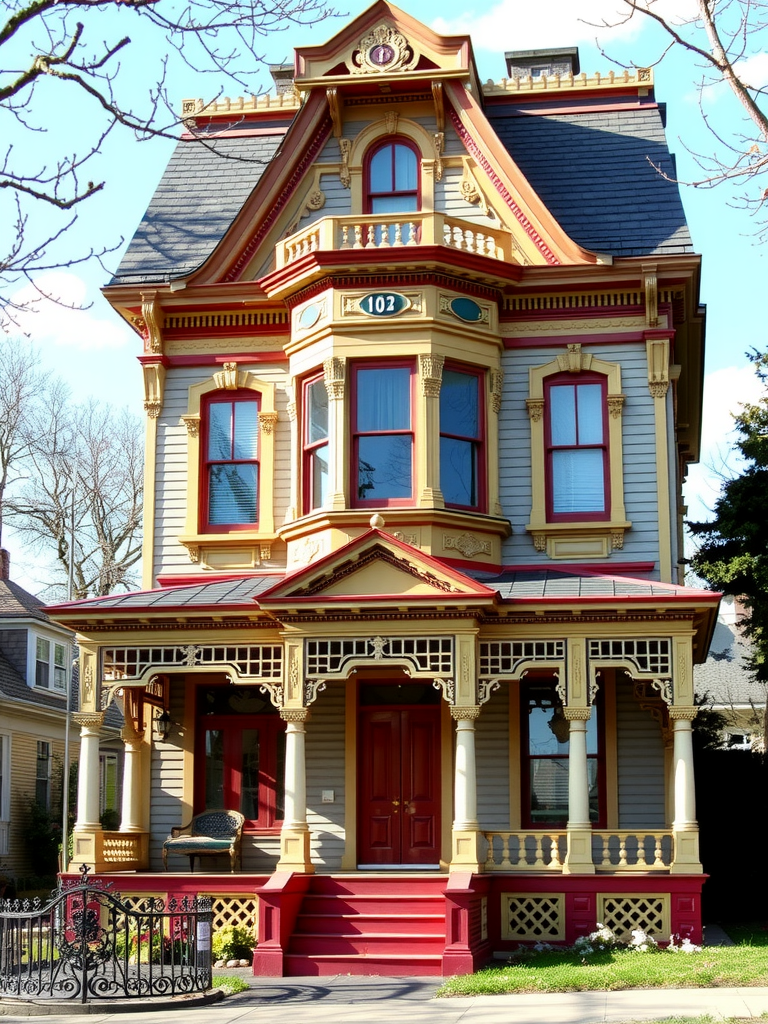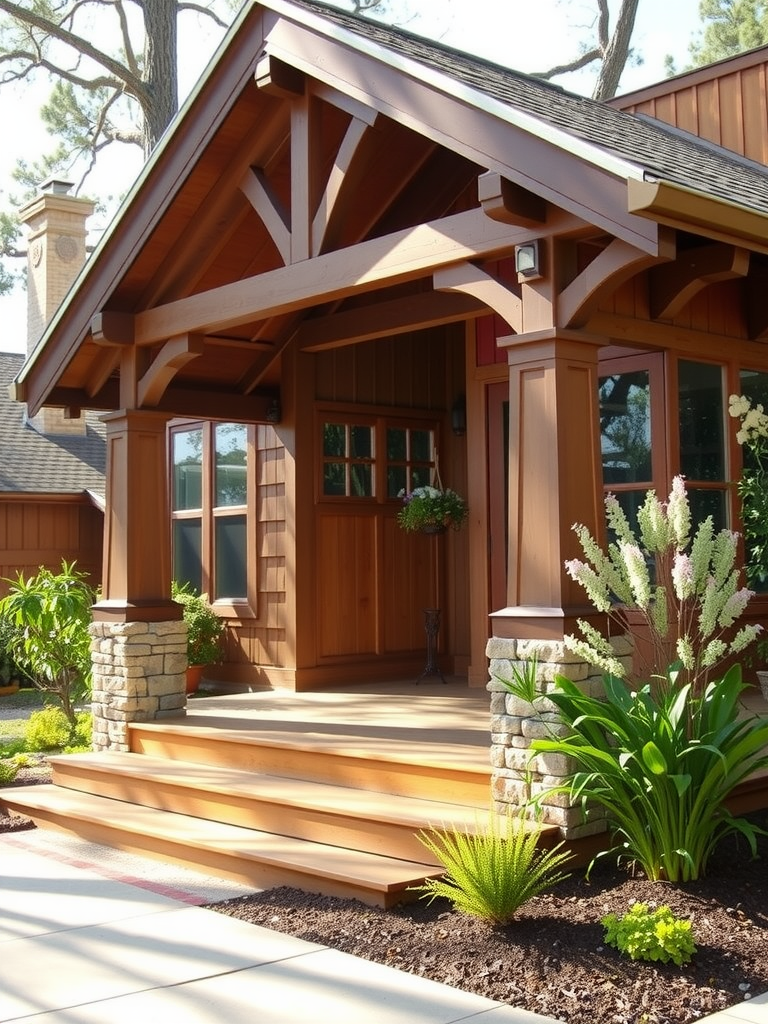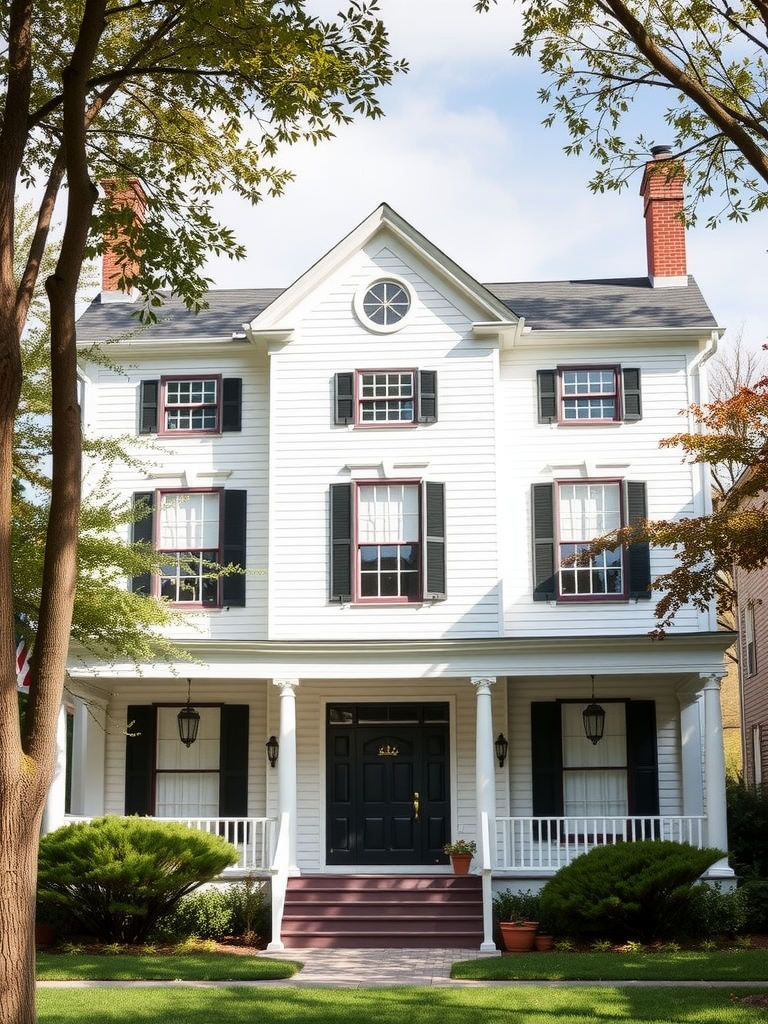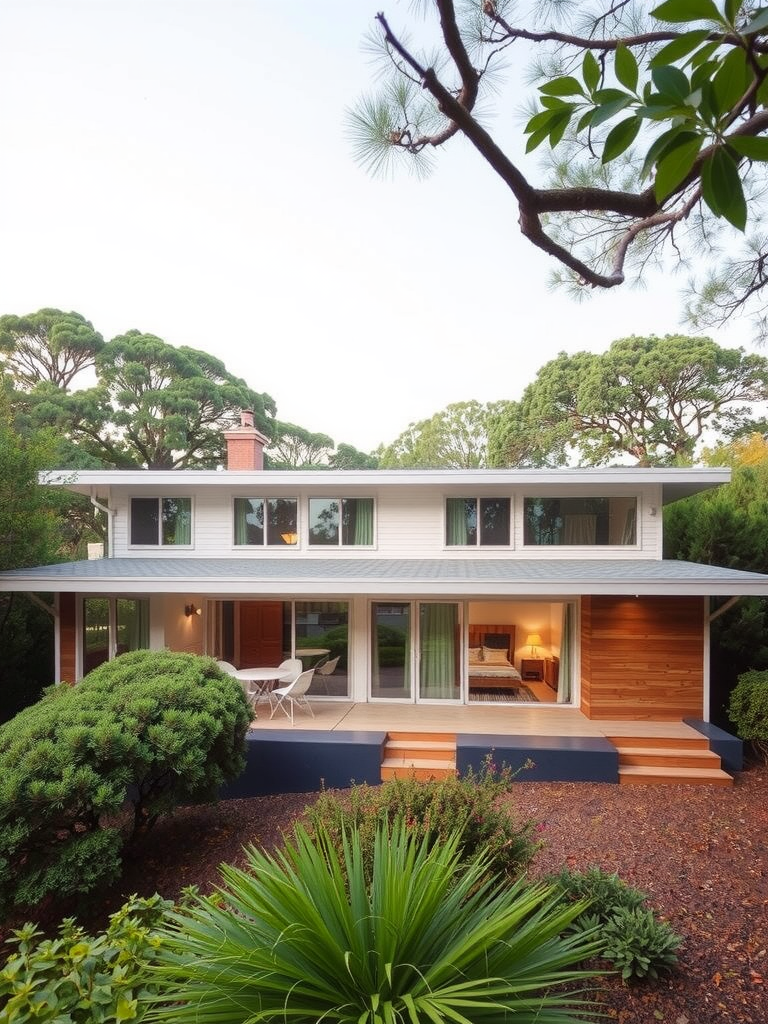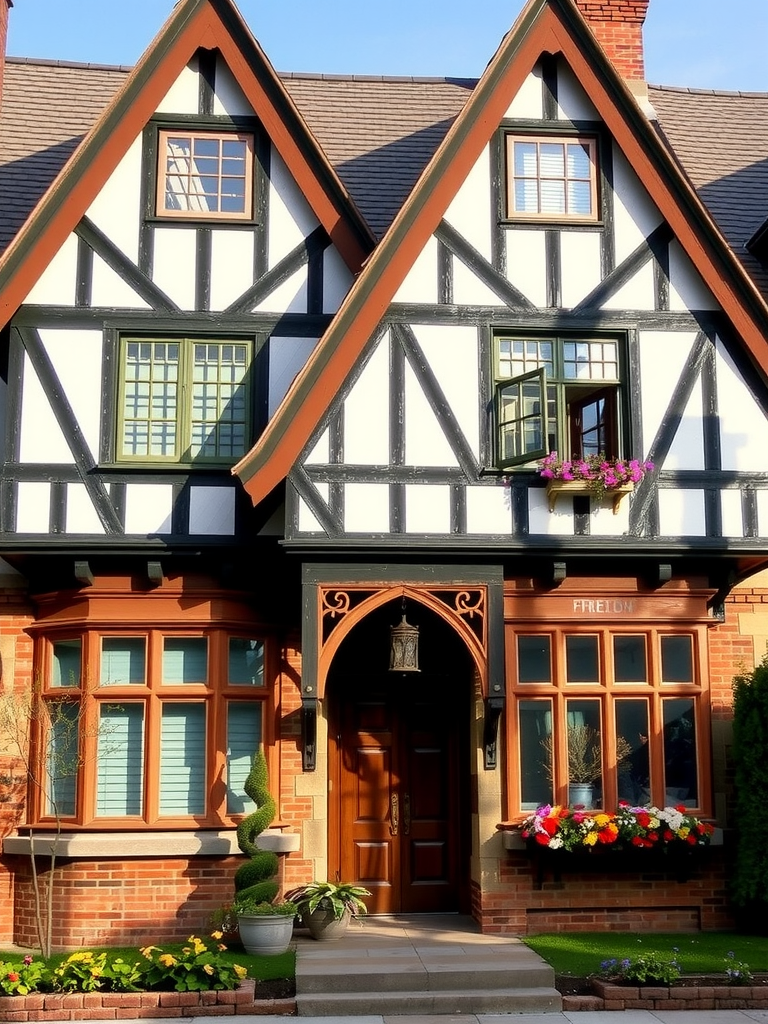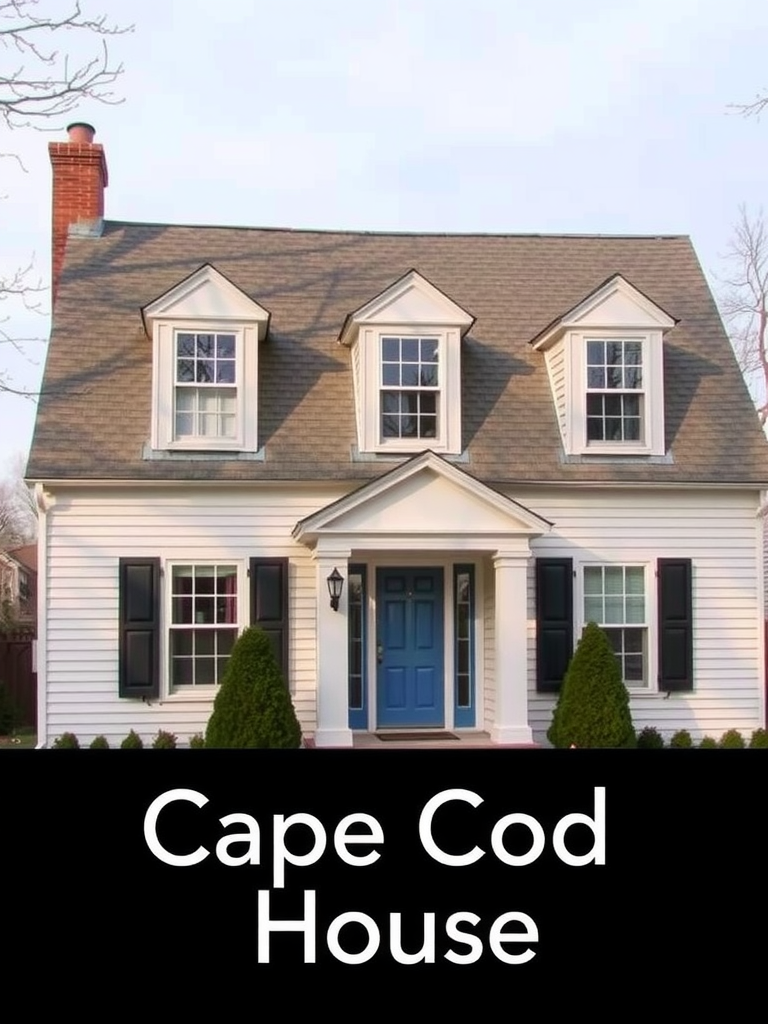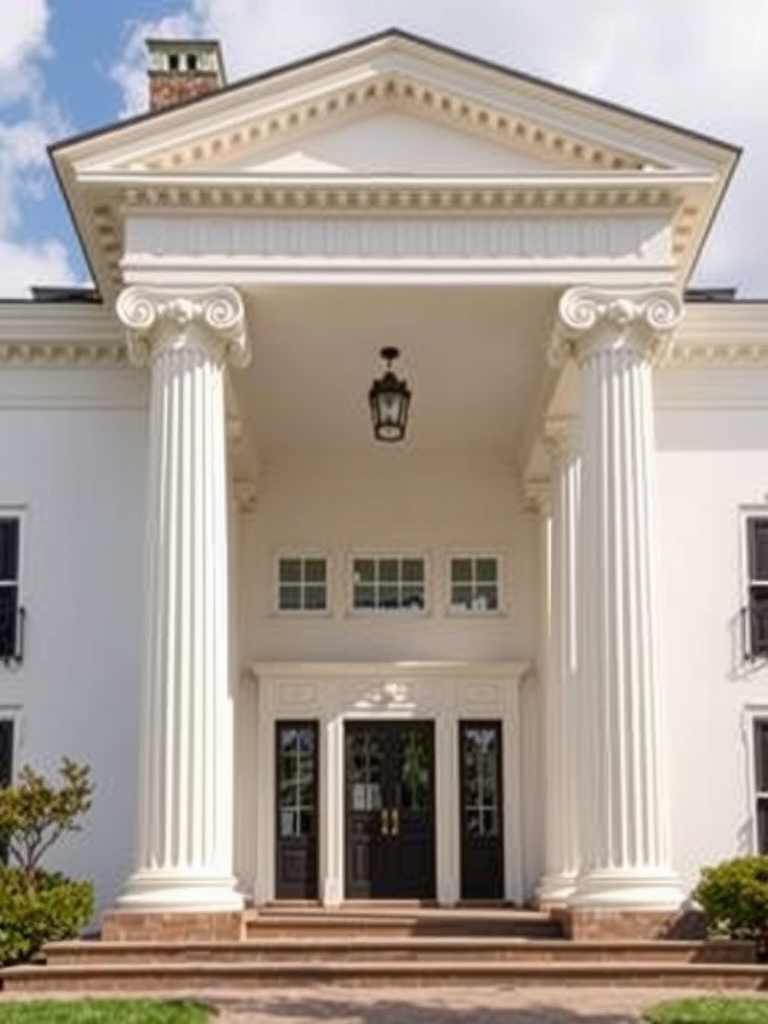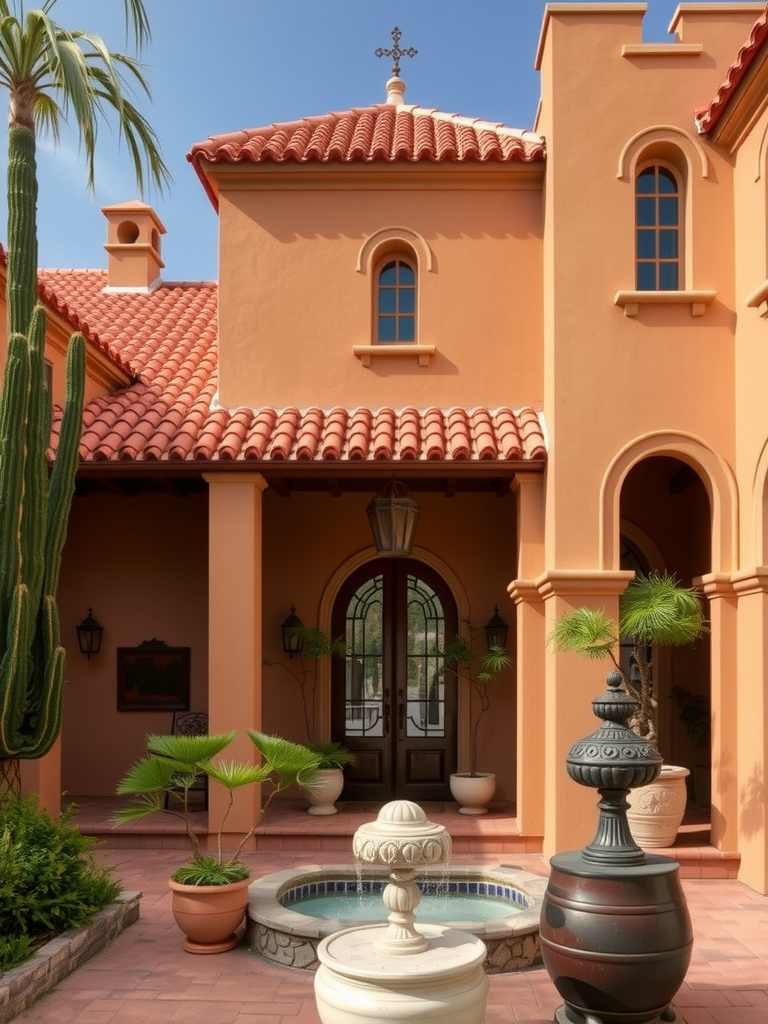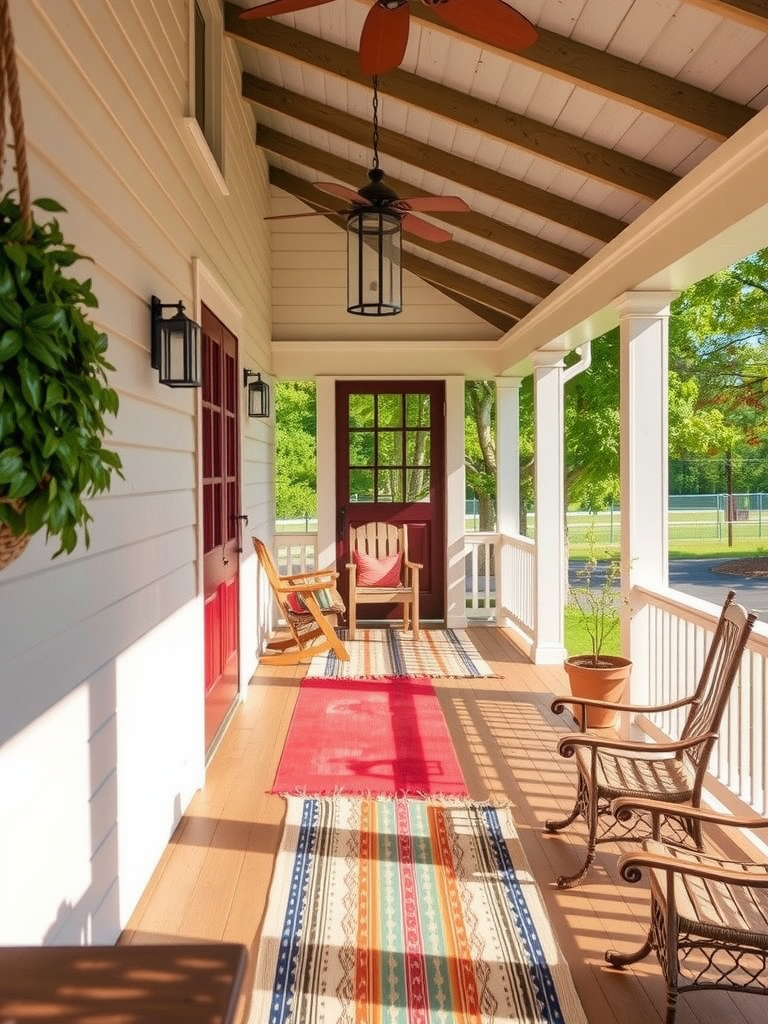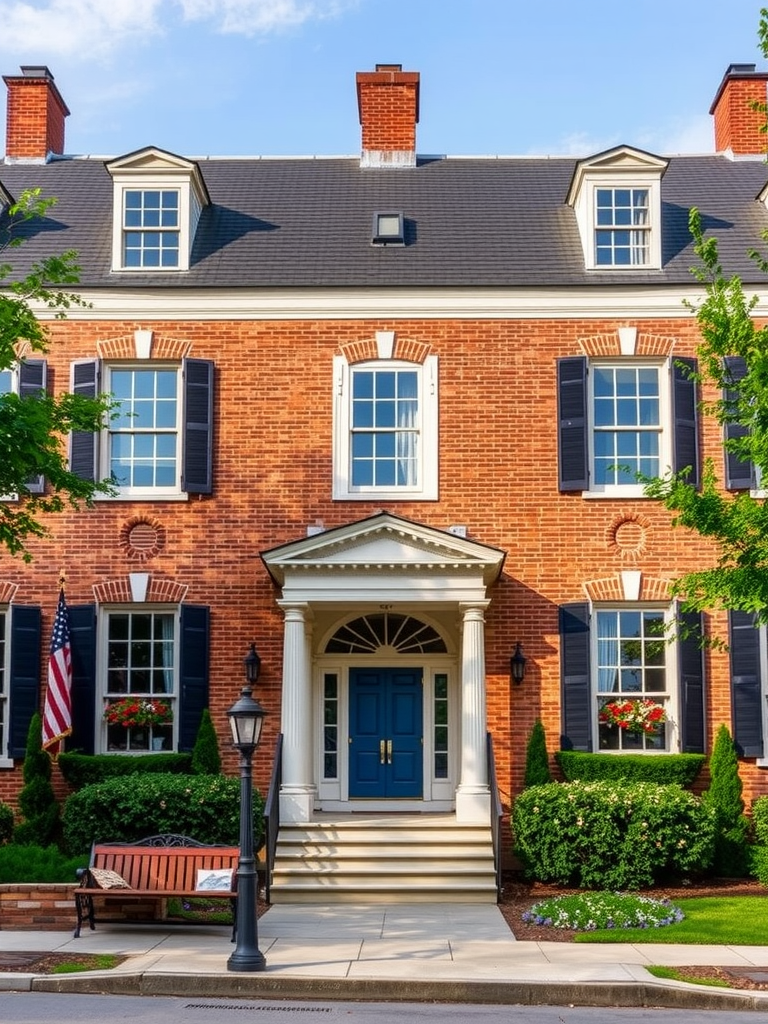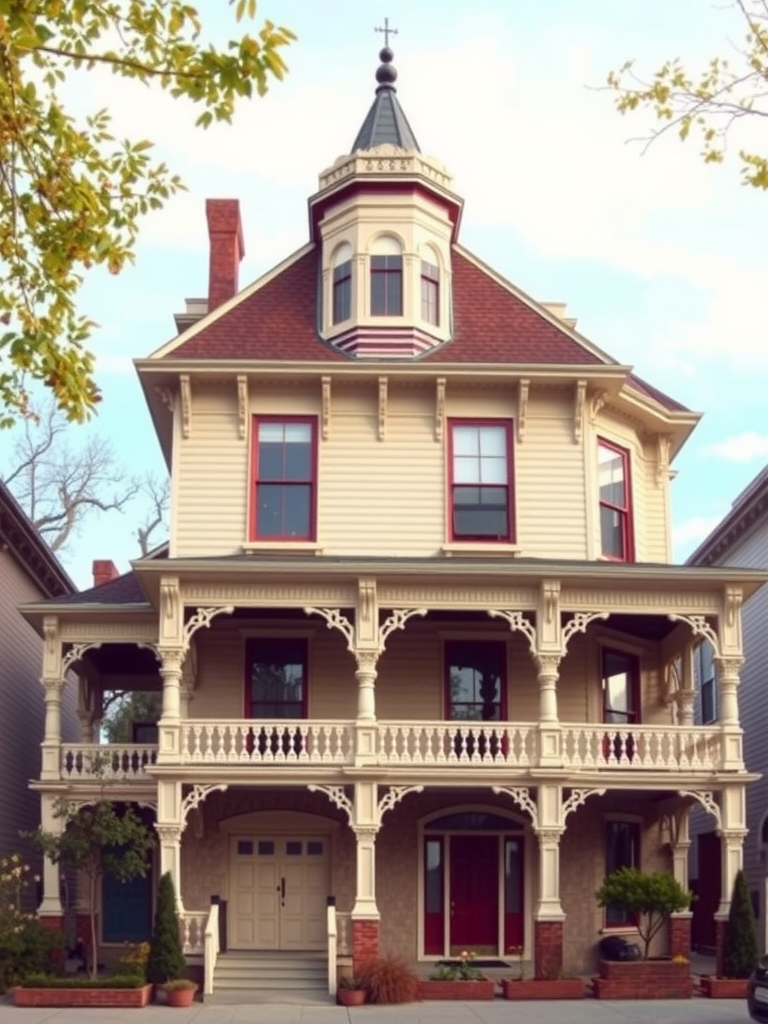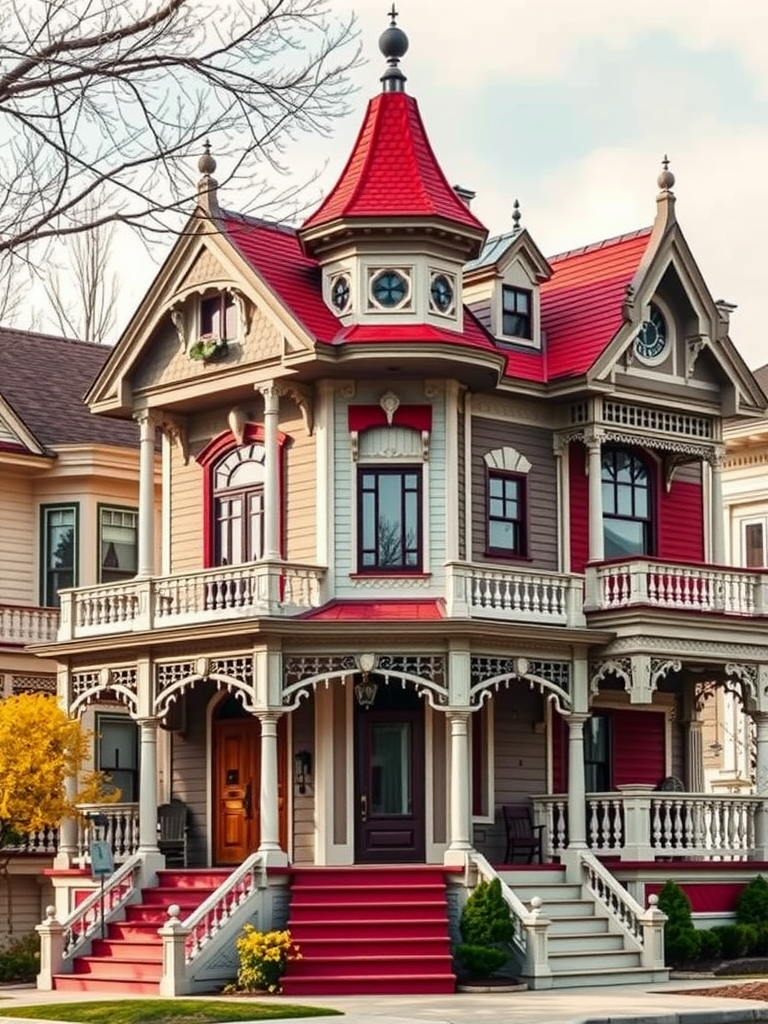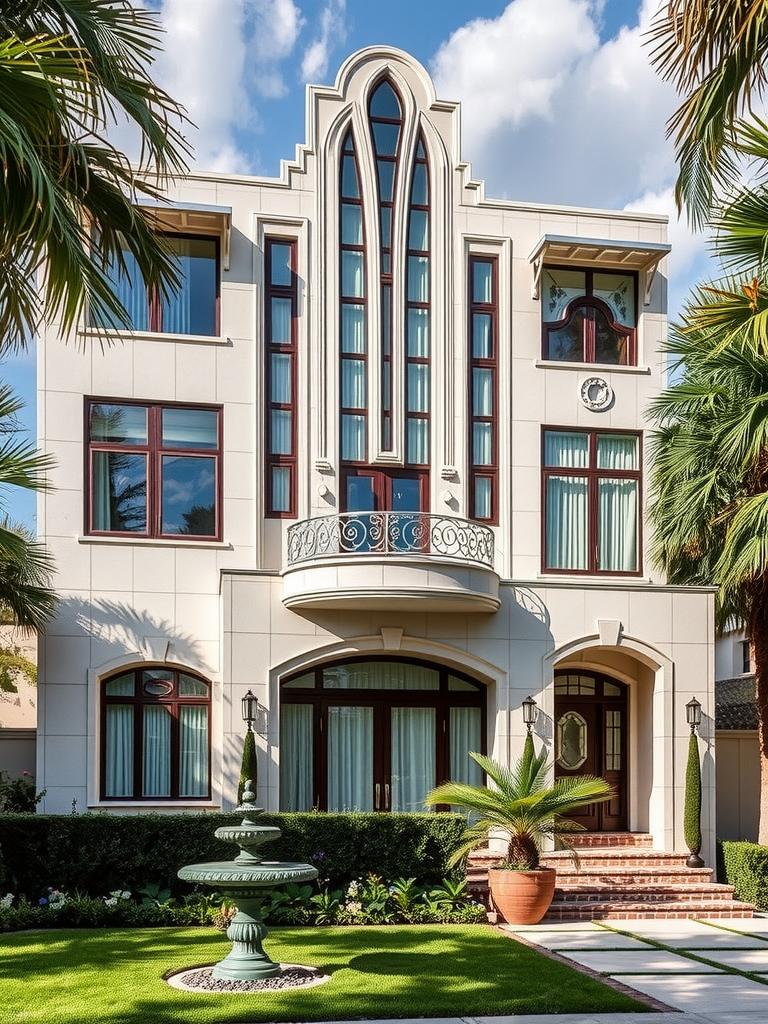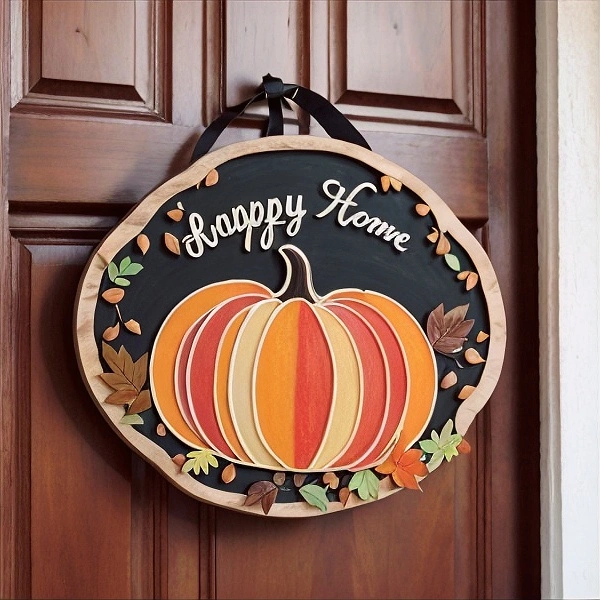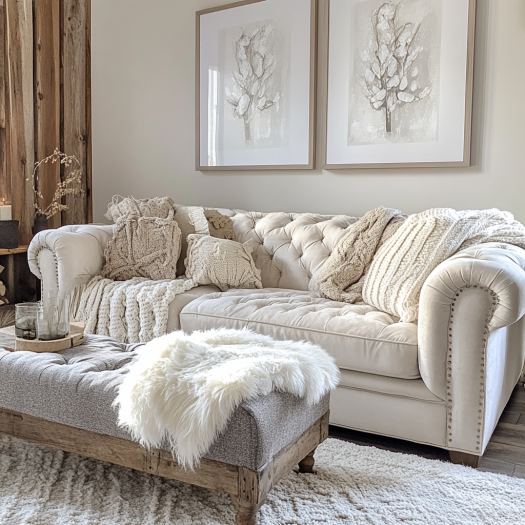Vintage houses carry a unique charm that transports us back in time, offering a glimpse into historical design and architecture. Each style tells a story, reflecting the aesthetic values and lifestyles of different eras. This article delves into 13 vintage house styles, celebrating the beauty and elegance that resonate through these architectural wonders.
From quaint cottages to grand manors, vintage houses can inspire home design enthusiasts and history lovers alike. By exploring various styles, we can appreciate the craftsmanship and innovative designs that have stood the test of time, allowing us to incorporate vintage elements into modern living.
1. Victorian Houses
Victorian houses are celebrated for their ornate details and distinctive rooflines. Characterized by intricate woodwork, bright colors, and asymmetrical designs, these homes often feature bay windows and gabled roofs. They exemplify the grandeur and eclectic aesthetics popular during the reign of Queen Victoria in the 19th century.
These houses provide a sense of nostalgia, with their charming appearances drawing homebuyers who appreciate historical architecture. The elaborate designs of Victorian houses make them a favorite among restoration enthusiasts.
2. Craftsman Bungalows
Craftsman bungalows are a hallmark of the Arts and Crafts movement, emphasizing handcrafted elements and natural materials. These homes often feature open floor plans, low-pitched roofs, and exposed wooden beams. Their cozy and inviting atmosphere reflects a simpler lifestyle that values artisan craftsmanship.
With wide front porches and built-in furniture, Craftsman bungalows create a warm and homely environment. The emphasis on natural light and organic materials makes them a popular choice for those looking to connect with nature.
3. Colonial Revival Houses
Colonial Revival houses draw inspiration from the early American colonial architecture, blending traditional design with modern conveniences. Characterized by symmetrical facades, gabled roofs, and decorative shutters, these homes embody a sense of nostalgia and cultural heritage.
This style often features large, welcoming porches and classic window designs, creating an inviting presence in any neighborhood. Colonial Revival houses appeal to homeowners who appreciate timeless design and history.
4. Mid-Century Modern Houses
Emerging in the mid-20th century, Mid-Century Modern houses are known for their clean lines, large windows, and integration with nature. This style emphasizes simplicity and function, making them a popular choice for those seeking minimalistic yet stylish living spaces.
These homes encourage indoor-outdoor living, creating an open and airy feel. With their innovative designs, Mid-Century Modern houses continue to inspire contemporary architecture and design.
5. Tudor Revival Houses
Tudor Revival houses are recognized for their steeply pitched roofs, decorative half-timbering, and tall, narrow windows. Inspired by medieval English homes, this style combines romantic elements with sturdy construction, creating a unique character.
These homes often feature brick or stone exteriors, adding to their rustic appeal. The cozy, storybook feel of Tudor Revival houses draws in those who appreciate a touch of fantasy in their home environment.
6. Cape Cod Houses
Originating in New England, Cape Cod houses are characterized by their simplicity and functionality. With steep roofs, dormer windows, and symmetrical facades, these homes are designed to withstand harsh weather while offering a cozy interior.
The understated elegance of Cape Cod houses makes them enduringly popular, especially in coastal areas. The style ultimately invokes a sense of tradition that many find appealing.
7. Greek Revival Houses
Greek Revival houses are defined by their grand columns, pediments, and symmetry, inspired by ancient Greek architecture. This style gained popularity in the early 19th century and is often associated with stately mansions and public buildings.
The impressive architecture of Greek Revival houses speaks to a sense of elegance and historical significance, making them a classic choice for those who value heritage and grandeur.
8. Spanish Revival Houses
Spanish Revival houses showcase distinctive features such as red tile roofs, stucco exteriors, and arched doorways. This style is influenced by the Spanish missions and colonial architecture found in the southwestern United States.
The warm colors and intricate details create a welcoming atmosphere, often accompanied by lush courtyards and fountains. Spanish Revival houses embody a unique blend of cultural heritage and artistic flair.
9. Farmhouse Style Houses
Farmhouse style houses evoke a sense of rural charm and practicality. Characterized by large porches, open floor plans, and simple lines, these homes emphasize comfort and functionality while celebrating country living.
Modern interpretations often incorporate vintage elements, blending the old with the new. Farmhouse style houses continue to attract those seeking a relaxed, homely atmosphere.
10. Federal Style Houses
Federal style houses, prevalent from the late 18th to early 19th centuries, are known for their elegant proportions, brick facades, and classic decorative elements. This style reflects the influence of Neoclassical architecture, emphasizing symmetry and refinement.
Federal style homes often feature decorative crown moldings and detailed doorways, creating an air of sophistication. They appeal to those who appreciate historical significance and classical design.
11. Italianate Houses
Italianate houses emerged in the mid-19th century, characterized by their low-pitched roofs, tall windows, and ornamental cornices. Influenced by the architecture of Italy, this style often features decorative brackets and arches, creating a unique charm.
These homes are known for their architectural details, making them stand out in their neighborhoods. Italianate houses continue to capture the hearts of those who admire ornate design and character.
12. Queen Anne Houses
Queen Anne houses are a celebration of elaborate architectural features and diverse materials. Characterized by turrets, wrap-around porches, and contrasting textures, these homes reflect the exuberance of the Victorian era.
Often adorned with intricate woodwork and vibrant colors, Queen Anne houses create a visually stunning presence. Their unique shapes and details make them favorites among those who appreciate eclectic design.
13. Art Deco Houses
Art Deco houses emerged in the 1920s, characterized by geometric shapes, bold colors, and ornamental details. This style is known for its luxurious appearance and innovative designs that often incorporate materials like chrome and glass.
With its emphasis on glamour and elegance, Art Deco architecture continues to inspire modern design trends. These homes are perfect for those who appreciate a sense of style and sophistication in their living spaces.
Conclusion
In conclusion, exploring the world of vintage house styles reveals a rich tapestry of architectural history and design. Each style tells a unique story and provides inspiration for modern living, allowing homeowners to combine the charm of the past with contemporary needs.
By embracing vintage elements, we can create spaces that are not only beautiful but also evoke feelings of nostalgia and connection to a rich architectural heritage.
Frequently Asked Questions
What defines a vintage house?
A vintage house is typically defined as a dwelling that was built several decades ago and showcases architectural styles and design elements from its respective era.
How can I incorporate vintage elements into my home?
You can incorporate vintage elements by using antique furniture, decor items from specific eras, or architectural features that align with classic styles.
Are vintage houses more expensive to maintain?
Maintenance costs can vary; older homes may require more upkeep due to their age, but they also often have lasting value and appeal.
What is the best way to renovate a vintage house?
Focus on preserving its original character while updating systems and features for modern living. Consider consulting an architect who specializes in historic preservation.
Why are vintage houses popular?
Vintage houses are popular for their unique architectural details, historical significance, and nostalgic charm that modern homes often lack.

